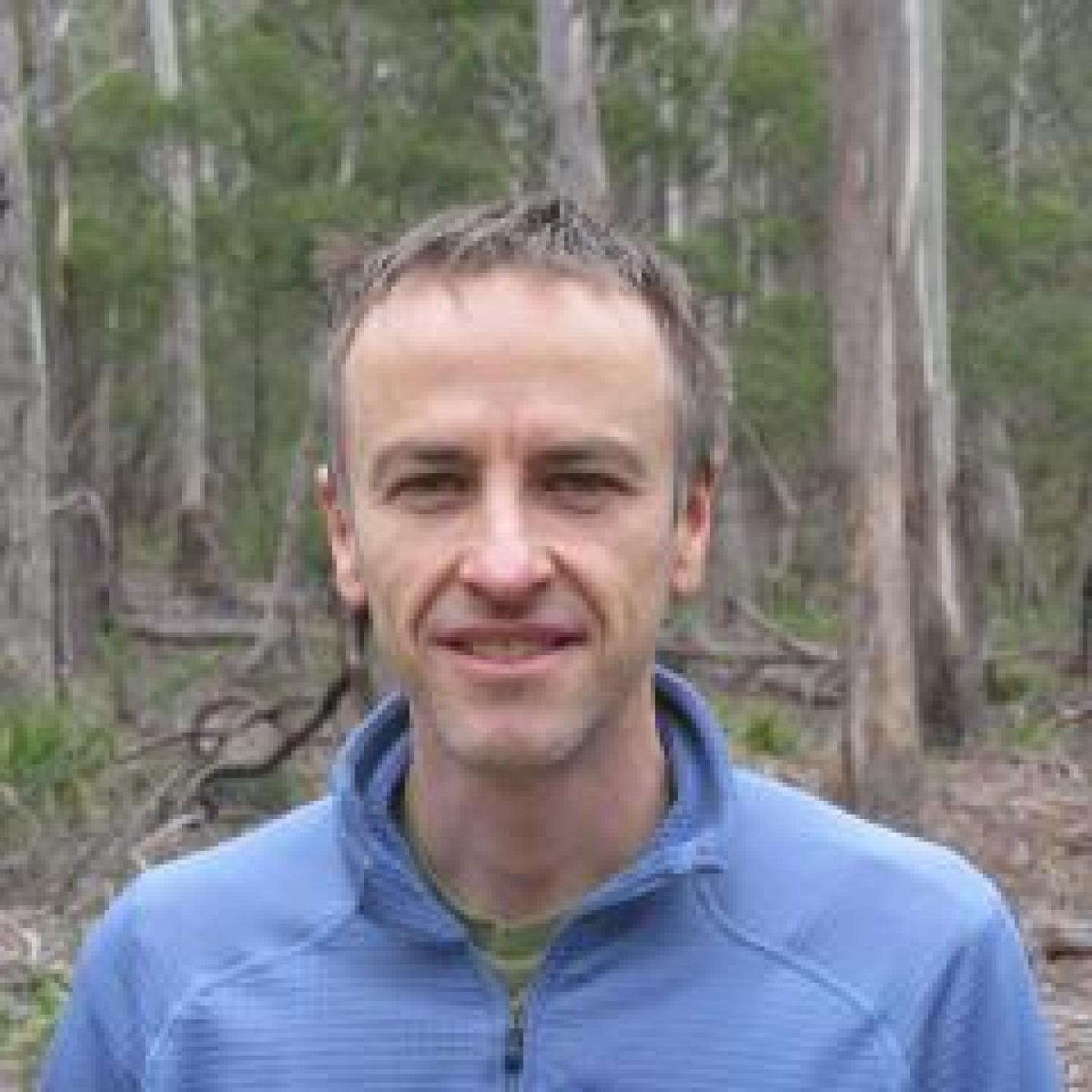Brett Melbourne
- Associate Professor
- ECOLOGY AND EVOLUTIONARY BIOLOGY

Research Interests
In my lab we use mathematics, computers, and data collected in the field or from experimental model systems to figure out why species go extinct, why invasive species are so bad, and how best to maintain biodiversity.
Tucker CM, Shoemaker LG, Davies KF, Nemergut DR, Melbourne BA (2015). Differentiating between niche and neutral assembly in metacommunities using null models of β-diversity. Oikos. doi: 10.1111/oik.02803
Hufbauer RA, Szűcs M, Kasyon E, Youngberg C, Koontz MJ, Richards C, Tuff T, Melbourne BA (2015). Three types of rescue can avert extinction in a changing environment. PNAS 112:10557–10562.
Haddad NM et al. (2015), Habitat fragmentation and its lasting impact on Earth’s ecosystems. Science Advances 1:e1500052.
Szucs M, Melbourne BA, Tuff T, Hufbauer RA (2014). The roles of demography and genetics in the early stages of colonization. Proceedings of the Royal Society B 281:20141073.
Borer ET, et al. (2014). Herbivores and nutrients control grassland plant diversity via light limitation. Nature 508:517-520.
Melbourne BA (2012). Demographic Stochasticity. In A. Hastings and L. J. Gross eds. Sourcebook in Theoretical Ecology. Berkeley, University of California Press.
Adler PB et al. (2011). Productivity is a poor predictor of plant species richness. Science 333:1750-1753.
Melbourne BA & Hastings A (2009). Highly variable spread rates in replicated biological invasions: fundamental limits to predictability. Science 325: 1536-1539. A Faculty 1000 "must read" paper.
Melbourne BA & Hastings A (2008). Extinction risk depends strongly on factors contributing to stochasticity. Nature 454: 100-103.
Melbourne BA, Cornell HV, Davies KF, Dugaw CJ, Elmendorf S, Freestone AL, Hall RJ, Harrison S, Hastings A, Holland M, Holyoak M, Lambrinos J, Moore K, Yokomizo H (2007). Invasion in a heterogeneous world: resistance, coexistence or hostile takeover? Ecology Letters 10: 77-94. An Ecology Letters "top 20 most read" paper.
Melbourne BA & Chesson P (2006). The scale transition: scaling up population dynamics with field data.Ecology 87: 1478-1488.
Melbourne BA & Chesson P (2005). Scaling up population dynamics: integrating theory and data. Oecologia145: 179-187.
Melbourne BA, Sears AL, Donahue MJ, Chesson P (2005). Applying scale transition theory to metacommunities in the field. In M. Holyoak, M. A. Leibold and R. D. Holt eds. Metacommunities: Spatial Dynamics and Ecological Communities. Chicago, University of Chicago Press. pp 307-330.
Melbourne BA, Davies KF, Margules CR, Lindenmayer DB, Saunders DA, Wissel C, & Henle K (2004). Species survival in fragmented landscapes: where to from here? Biodiversity and Conservation 13: 275-284.


